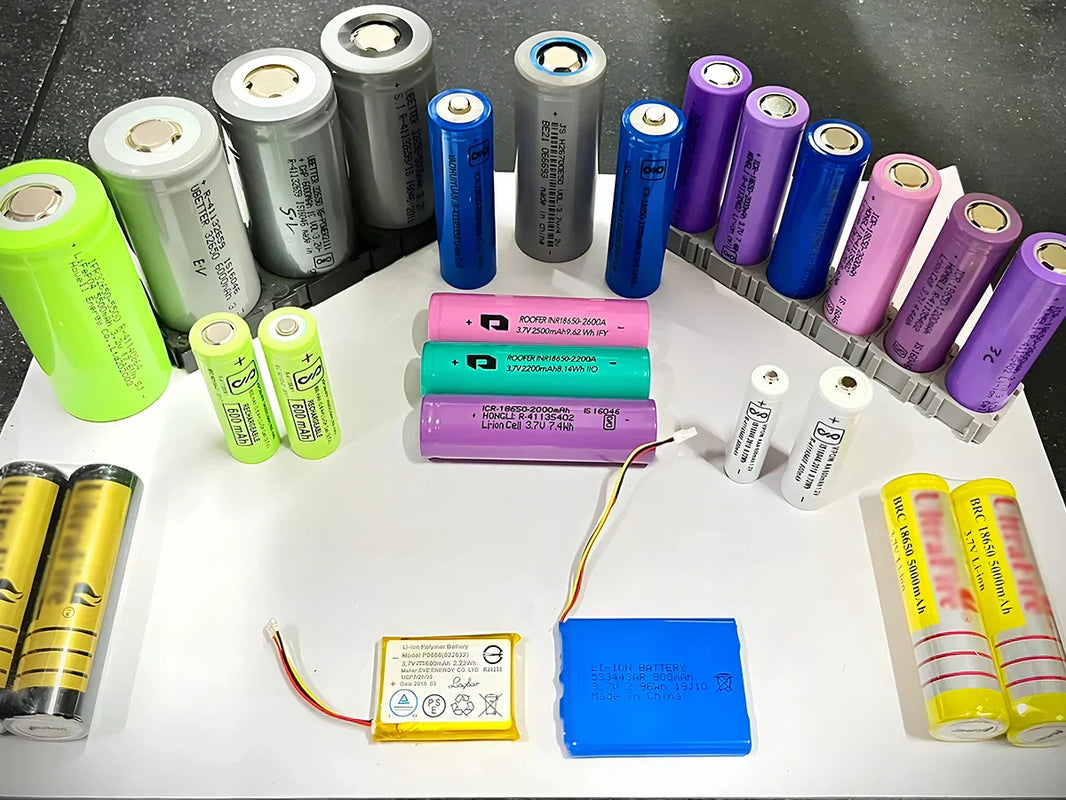
|
main content: |
1. The energy and transmission of the sun

(1) The energy of the sun
The energy of the sun mainly comes from the fusion reaction of hydrogen fusion into ammonia: 6.57×1011kg of hydrogen is polymerized to 6.53×1011kg of helium every second, which continuously generates 3.90×1023kW of energy. This energy is in the form of electromagnetic waves, and is shot in all directions through space at a speed of 3×105km/s. The earth receives only 1/2.2 billionth of the total solar radiation, that is, 1.77×1014kW reaches the upper edge of the earth’s atmosphere (the “upper bound”), and finally about 8.5×1013kW reaches the earth’s surface due to the attenuation when passing through the atmosphere. This amount is equivalent to hundreds of thousands of times the world's electricity generation.
According to the current rate of nuclear energy produced by the sun, the reserves of hydrogen are enough to last for 60 billion years, while the lifespan of the earth is about 5 billion years. Therefore, in this sense, it can be said that the energy of the sun is inexhaustible and inexhaustible. exhausted.
(2) Solar radiation
There are three forms of heat transfer: conduction, convection and radiation. The sun mainly transmits its heat and particles to the vast and boundless universe in the form of radiation, and this process of transmission is called solar radiation. Solar radiation is not only the fundamental way for the earth to obtain heat, but also the most important factor affecting the survival activities of human beings and all other organisms and the change of the earth's climate. There are two types of solar radiation. One is the light radiation emitted by the sun, because it transmits light and heat in the form of electromagnetic waves, so it is also called electromagnetic wave radiation. This radiation consists of visible light and invisible light that is invisible to the human eye. The other is particle radiation, which is a stream of particles composed of positively charged protons and roughly equal numbers of negatively charged electrons and other particles. Particle radiation is usually weak and its energy is unstable. It is most intense during the period of maximum solar activity, which has a certain impact on human beings and the upper atmosphere of the earth. In general, however, particle radiation fades away on its far journey from the Sun to Earth before it reaches the Earth's surface. Therefore, solar radiation mainly refers to light radiation.
The solar radiation sent to the earth not only has to go through a long journey, but also encounters various obstacles and various influences. The earth's surface is tightly surrounded by three layers of atmosphere: troposphere, stratosphere and ionosphere, with a total thickness of more than 1200km. When the sun radiates its light, heat and particle flow to the earth at a speed of 300,000 kilometers per second from a distance of 150 million kilometers, it must be disturbed and blocked by the earth's atmosphere, and cannot be projected onto the earth's surface unimpeded. It is precisely because of this interference and blocking effect of the earth's atmosphere that some harmful parts of solar radiation, such as particles, ultraviolet rays, X-rays, etc., are mostly eliminated, so that human beings and various creatures are protected and can survive safely on the earth.
2. Conventional energy and new energy

Solar irradiance refers to the amount of power emitted by the sun in the form of radiation projected onto a unit area. Due to the existence of the atmosphere, the amount of solar radiation that actually reaches the earth's surface is affected by many factors. Generally speaking, solar altitude, atmospheric quality, atmospheric transparency, geographic latitude, sunshine time and altitude are the main factors that affect solar irradiance.
(1) The altitude angle of the sun. That is, the elevation angle of the sun above the ground plane, which is often expressed as the angle of incidence between the sun's rays and the horizon, that is, the incident angle θ. When the angle of incidence is large, the sun is high, and the irradiance is also large; conversely, the angle of incidence is small, the sun is low, and the irradiance is also small.
(2) Air quality. The distance traveled by a direct sunlight beam through the atmosphere is expressed as a multiple of the distance traveled by a direct sunlight beam from the zenith to sea level. Due to the presence of the atmosphere, solar radiation will be greatly attenuated before reaching the ground. Therefore, the greater the mass of the atmosphere, the more the sun is attenuated by the atmosphere.
(3) Atmospheric transparency. Atmospheric transparency is a parameter that characterizes the degree to which the atmosphere transmits sunlight. In clear and cloudless weather, the transparency of the atmosphere is high, and more solar radiation reaches the ground. When the sky is cloudy or dusty, the transparency of the atmosphere is very low, and less solar radiation reaches the ground.
(4) Geographical latitude. The solar radiation energy gradually weakens from low latitudes to high latitudes.
(5) Sunshine time. The longer the sunshine time, the more total solar radiation the ground gets.
(6) Altitude. The higher the altitude, the higher the transparency of the atmosphere and the higher the amount of direct solar radiation. In addition, the distance between the sun and the earth, topography, topography, etc. also have a certain influence on the solar irradiance. For example, the Earth's average temperature at perihelion is 4°C warmer than at aphelion. For another example, at the same latitude, the temperature of the basin is higher than that of the Pingchuan, and the sunny slope is warmer than the shady slope.
3. Characteristics of solar energy

Solar energy is a kind of renewable energy, which is getting more and more attention because it has the following advantages compared with conventional energy.
(1) Extensive. Solar energy resources abound, whether it is oceans, mountains or plains, deserts or grasslands can be used locally, unlike conventional energy sources, such as coal, oil, etc., which need to be extracted and transported.
(2) Security. Solar energy is a kind of clean energy. In the process of development and utilization, there is no waste residue, waste, waste water, waste gas, no noise, no substances harmful to human body, and no pollution to the environment. While conventional energy is not, it will cause pollution to humans and the environment when used.
(3) Hugeness. It is estimated that the solar energy that the earth can receive every year is at least 6×1017kWh, which is about 74 trillion tons of standard coal energy, which is equivalent to tens of thousands of times the total global energy consumption. It is the largest energy that can be developed in the world today, and it is also the main energy of the earth in the future.
(4) Durability. It is calculated that the energy released by the sun is equivalent to exploding 91 billion megaton hydrogen bombs every second. According to the speed of nuclear reaction, the reserves of hydrogen on the sun are enough to last for 60 billion years. Compared with the lifespan of human beings on earth, it can be said that solar energy is an inexhaustible long-term energy source.
In addition, solar energy is not controlled and monopolized by anyone, and is given to people on earth selflessly, free and fairly. These advantages are unmatched by conventional energy sources.
However, solar energy also has its disadvantages, mainly as follows:
(1) Dispersion. Although the total amount of solar radiation is large, the energy per unit area distributed to the earth's surface is very small, that is, the energy density is low. Generally in summer when the sunshine is good, in areas with abundant solar energy resources, the solar radiation received on the ground is 500~1000W/m2, and the annual average is about 400~500W/m2. Therefore, when developing and utilizing solar energy, a large lighting area is required, a large area is occupied, and a large investment is involved.
(2) Intermittent. Due to the lack of solar radiation at night, the alternation of day and night makes solar energy equipment unable to work at night. Therefore, it is necessary to consider and equip energy storage equipment for night use, or add other energy sources for all-weather application.
(3) Randomness. It is difficult to determine the weather, cloudy and rainy changes. Coupled with seasonal variation and other factors will affect the stability of solar equipment work.
Therefore, collection and storage are the key technologies for solar energy utilization and are urgent problems to be solved.
















